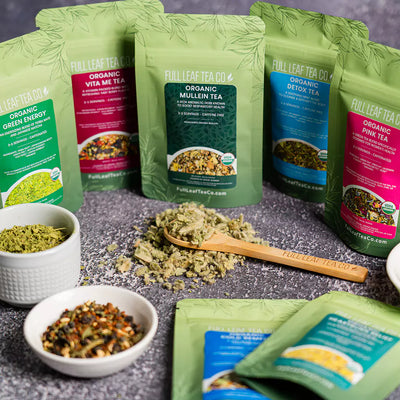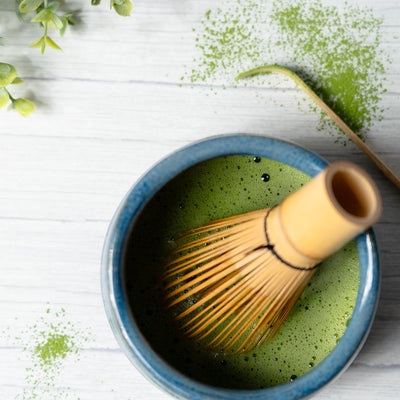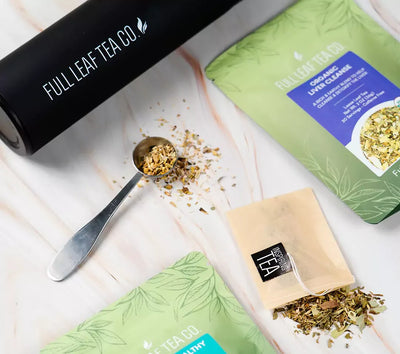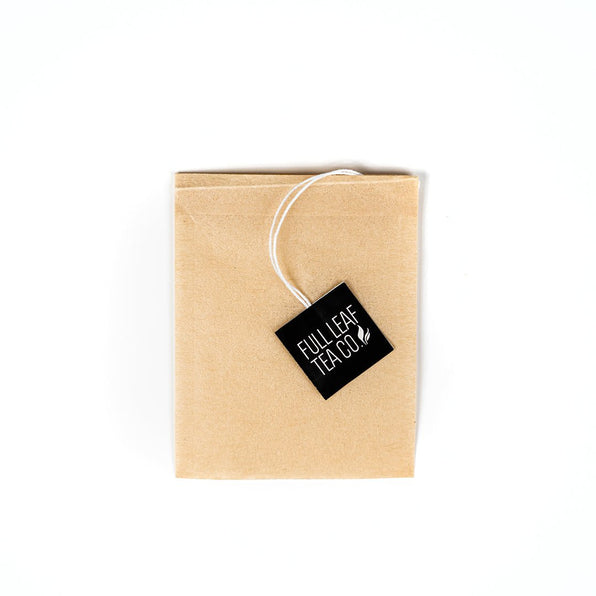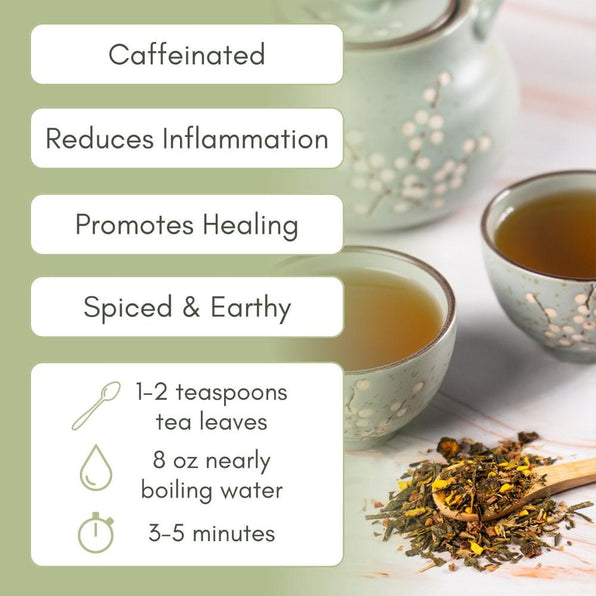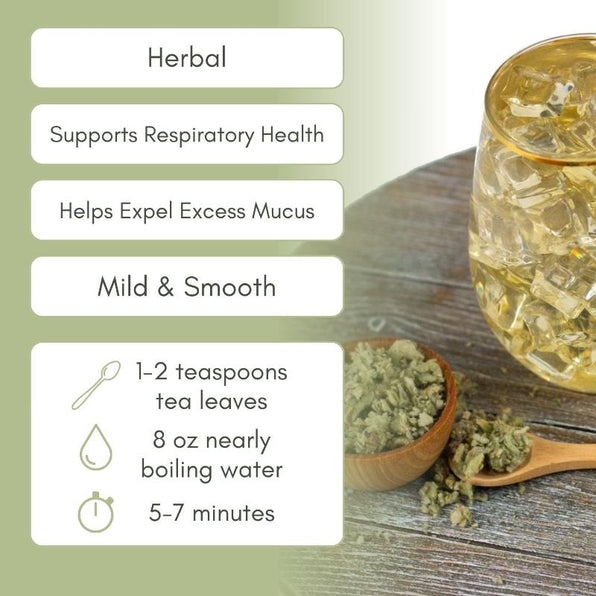White Tea:
The Subtle Art of Minimal Processing

White tea, revered for its delicate flavors and minimal processing, stands out among the various types of tea. From its gentle harvest to its subtle flavor profile, white tea embodies simplicity and elegance in every cup. In this blog, we'll explore the unique aspects of white tea—how it's harvested and processed, how its flavor compares to other teas, why it's considered a premium choice, and how to brew it to perfection.
The Harvesting and Processing of White Tea
White tea is the least processed of all tea varieties, and that’s where its charm lies. Harvesting typically occurs in early spring when the young leaves and buds are still covered in a fine silvery-white fuzz, giving the tea its name. The leaves are carefully plucked by hand to ensure only the most tender, high-quality leaves make the cut. Once harvested, the leaves are simply laid out to wither and dry naturally in the sun. This process preserves the tea’s natural flavors and nutrients, making it as close to the fresh leaf as you can get.
Unlike green, oolong, or black teas, white tea skips the rolling and oxidation stages, which allows it to retain a lighter, fresher taste. The absence of these processing steps is key to its delicate flavor and gentle aroma.
How White Tea's Flavor Compares to Other Tea Types
Because white tea undergoes minimal processing, its flavor is much lighter compared to other tea types. It has a mild, sweet, and slightly floral taste with a refreshing quality that can be described as soft and airy. This makes it perfect for those who enjoy a subtle tea experience.
In comparison, green tea—which is also minimally processed—retains a vegetal, slightly grassy flavor. Oolong, with its semi-oxidation, offers a richer and more complex taste, ranging from fruity to toasty depending on the oxidation level. Black tea, fully oxidized, is bold and robust, with deeper, maltier notes. White tea, by contrast, feels like a whisper—its understated flavors are meant to be savored quietly.
Rarity and Why White Tea is Considered Premium
White tea is often considered a premium tea, not just because of its flavor but due to its rarity. The harvesting window is narrow, typically only a few days in early spring, and only the youngest leaves and buds are selected. This limited harvest, combined with the skillful and labor-intensive hand-plucking, drives its premium status.
In addition, the best white teas, like Bai Mu Dan (White Peony), are grown in specific regions of China, such as Fujian province, where the unique climate and soil contribute to the tea's unparalleled quality. Because of its high demand and limited production, it’s often regarded as a luxury tea, making it a prized addition to any tea lover's collection.
Brewing Tips for Optimal Flavor Extraction
To truly appreciate white tea’s delicate profile, it’s important to brew it just right. White tea is best steeped in water that is around 175-185°F (80-85°C). Boiling water can scald the leaves and destroy its gentle flavors. Steep the tea for about 3-5 minutes, adjusting the time based on your preference for strength. Because white tea is so light, it’s perfect for multiple infusions. In fact, you may notice the flavors evolve with each steeping, bringing out different subtle notes in every cup.
When brewed properly, white tea can be an incredibly refreshing and calming experience—one that is nuanced yet simple, much like the tea itself.

